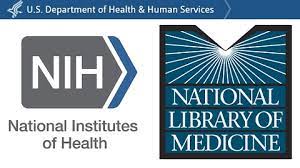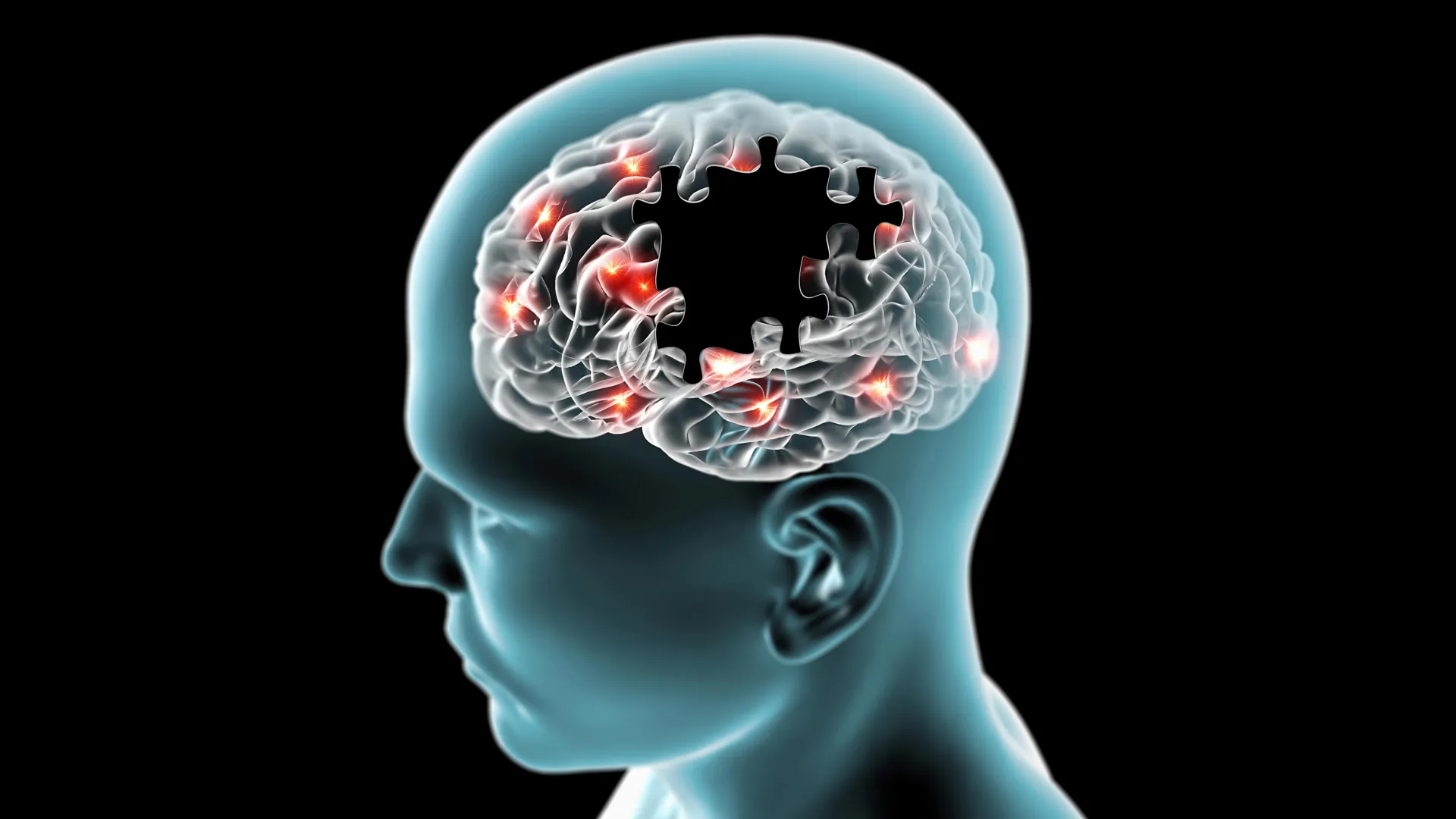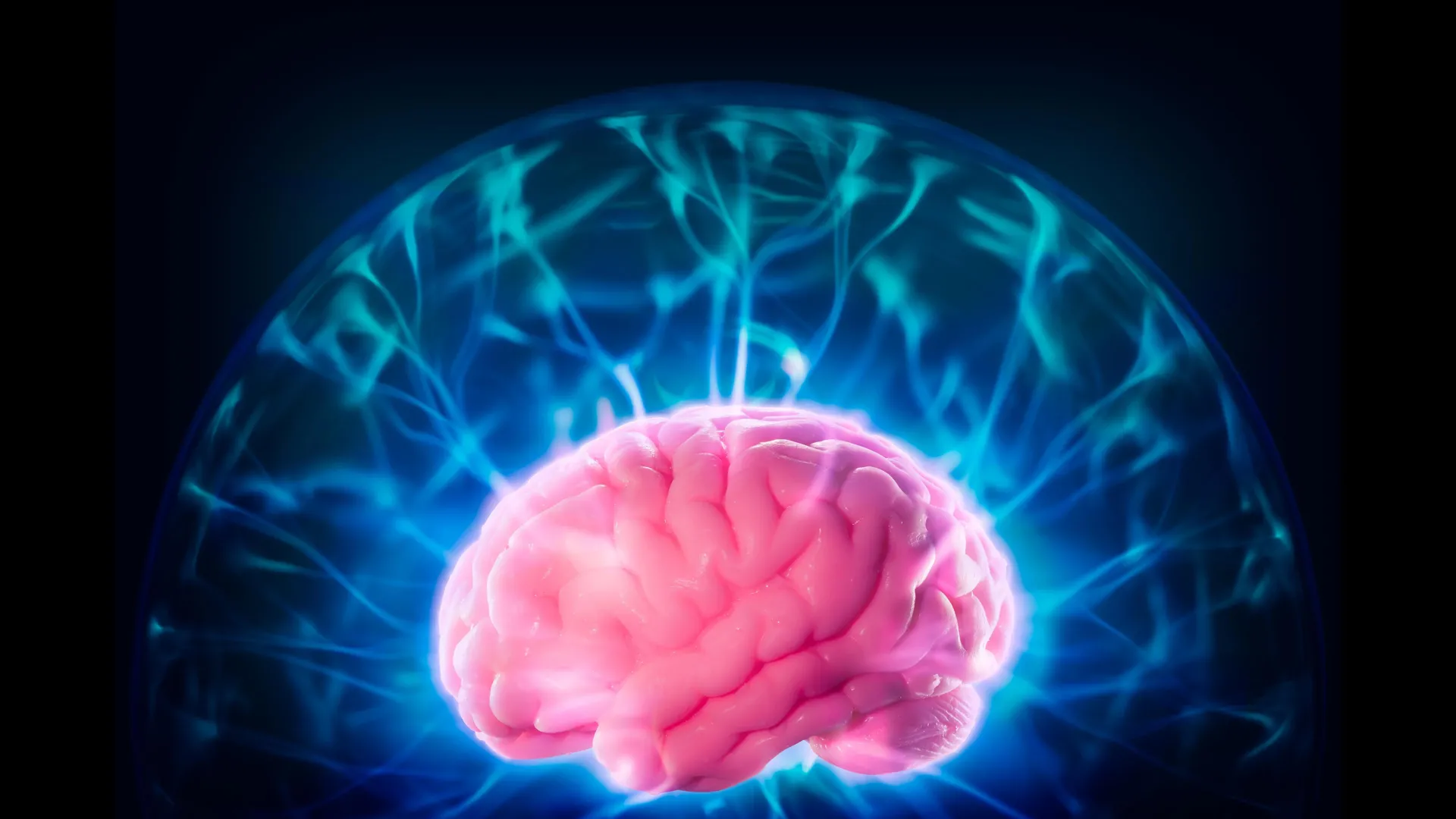Tardive dyskinesia (TD) is a movement disorder characterised by irregular movements that most commonly affect movements of the tongue, lips, jaw, and face, and sometimes the peri-orbital areas. In some cases, patients also have irregular movement of the trunk and limbs. These movements are typically choreiform or choreoathetoid in type; although, athetosis of the extremities and axial and limb dystonia are often listed as part of the syndrome, as are gait and trunk posture abnormalities, such as rocking or rotary pelvic movements1,2.
TD was first described in 1957, 5 y after the introduction of chlorpromazine, when patients who had been exposed to the drug for 2 to 8 weeks showed bucco-oral movements persisting after treatment cessation3. In the late 1960s, the term “tardive dyskinesia” appeared4. “Tardive” means late onset, which reflects that the condition is seen more commonly in people who have been receiving antipsychotic (neuroleptic) or dopamine receptor blocking (DRB) medication for a prolonged period. However, the relationship between exposure to antipsychotic treatment and vulnerability to TD appears to vary with age: TD tends to emerge in older persons after a relatively short period of treatment with antipsychotic medications5–7…..
Tardive Dyskinesia – Examination and Management
 Tardive dyskinesia (TD) is a hyperkinetic movement disorder in which patients experience abnormal involuntary movements that occur most often in the orofacial region but can also occur in the neck, trunk, upper and lower extremities, and other muscles (eg, diaphragmatic and pharyngeal musculature).1–5 TD can occur during or after stopping treatment with dopamine receptor antagonists or partial agonists, including typical (first-generation) and atypical (second-generation) antipsychotics, and some medications used to treat gastrointestinal disorders, such as metoclopramide.3,6–8 The lifetime prevalence of TD in patients treated with antipsychotics is estimated to be between approximately 15% and 40%, with higher rates reported in older (age >55 years) patients9; higher rates are also observed among women who are postmenopausal.6,10
Tardive dyskinesia (TD) is a hyperkinetic movement disorder in which patients experience abnormal involuntary movements that occur most often in the orofacial region but can also occur in the neck, trunk, upper and lower extremities, and other muscles (eg, diaphragmatic and pharyngeal musculature).1–5 TD can occur during or after stopping treatment with dopamine receptor antagonists or partial agonists, including typical (first-generation) and atypical (second-generation) antipsychotics, and some medications used to treat gastrointestinal disorders, such as metoclopramide.3,6–8 The lifetime prevalence of TD in patients treated with antipsychotics is estimated to be between approximately 15% and 40%, with higher rates reported in older (age >55 years) patients9; higher rates are also observed among women who are postmenopausal.6,10
TD can have a profound negative impact on patients’ day-to-day functioning and may lead to negative physical, cognitive, and psychosocial outcomes.11,12 TD underdiagnosis, lack of awareness that all first- and second-generation antipsychotics have the potential to cause TD, and lack of generally accepted and adopted objective measures for the accurate clinical assessment of the impact of TD are current shortcomings in managing care for individuals with TD.10

The most common manifestations of TD involve spontaneous movements of the mouth and tongue, but the arms, legs, trunk, and respiratory muscles can also be affected. Less commonly, the prominent feature is dystonia involving a focal area of the body such as the neck. TD can be irreversible and lifelong, with major negative impacts on psychologic health and quality of life.
TD is important to recognize, since early discontinuation of the offending drug offers the best chance of recovery. However, in patients who require ongoing antipsychotic drug therapy for management of psychiatric disorders, symptomatic therapies for TD can help lessen movements, if only partially.
This topic will review the prevention and management of TD. Other aspects of TD are discussed separately. (See “Tardive dyskinesia: Etiology, risk factors, clinical features, and diagnosis”.)










